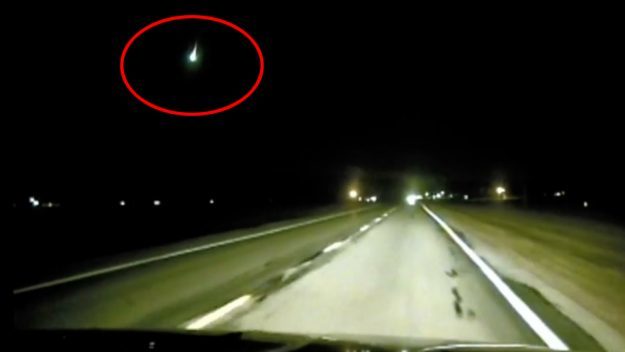OF THE
TIMES
I've had enough of someone else's propaganda. I'm for truth, no matter who tells it. I'm for justice, no matter who it's for or against. I'm a human being first and foremost, and as such I am for whoever and whatever benefits humanity as a whole.
"To The Last Ukrainian" Sep, 2023 . [Link]
They hate people have an alternative information source they have no control of.
Abbot is a Zionist controlled politician. How else was he allowed to win and maintain his position? Anyone who fights the Zionists gets the JFK...
Human stupidity is the only unlimited saturation that can destroy the biosphere. Luckily a great reset of a different sort is on the way. [Link]
Great mobile bases that happen to tap into oil reserves. Burning carnage is all I can foresee there, not to mention excess pollution into already...
To submit an article for publication, see our Submission Guidelines
Reader comments do not necessarily reflect the views of the volunteers, editors, and directors of SOTT.net or the Quantum Future Group.
Some icons on this site were created by: Afterglow, Aha-Soft, AntialiasFactory, artdesigner.lv, Artura, DailyOverview, Everaldo, GraphicsFuel, IconFactory, Iconka, IconShock, Icons-Land, i-love-icons, KDE-look.org, Klukeart, mugenb16, Map Icons Collection, PetshopBoxStudio, VisualPharm, wbeiruti, WebIconset
Powered by PikaJS 🐁 and In·Site
Original content © 2002-2024 by Sott.net/Signs of the Times. See: FAIR USE NOTICE

Reader Comments
to our Newsletter